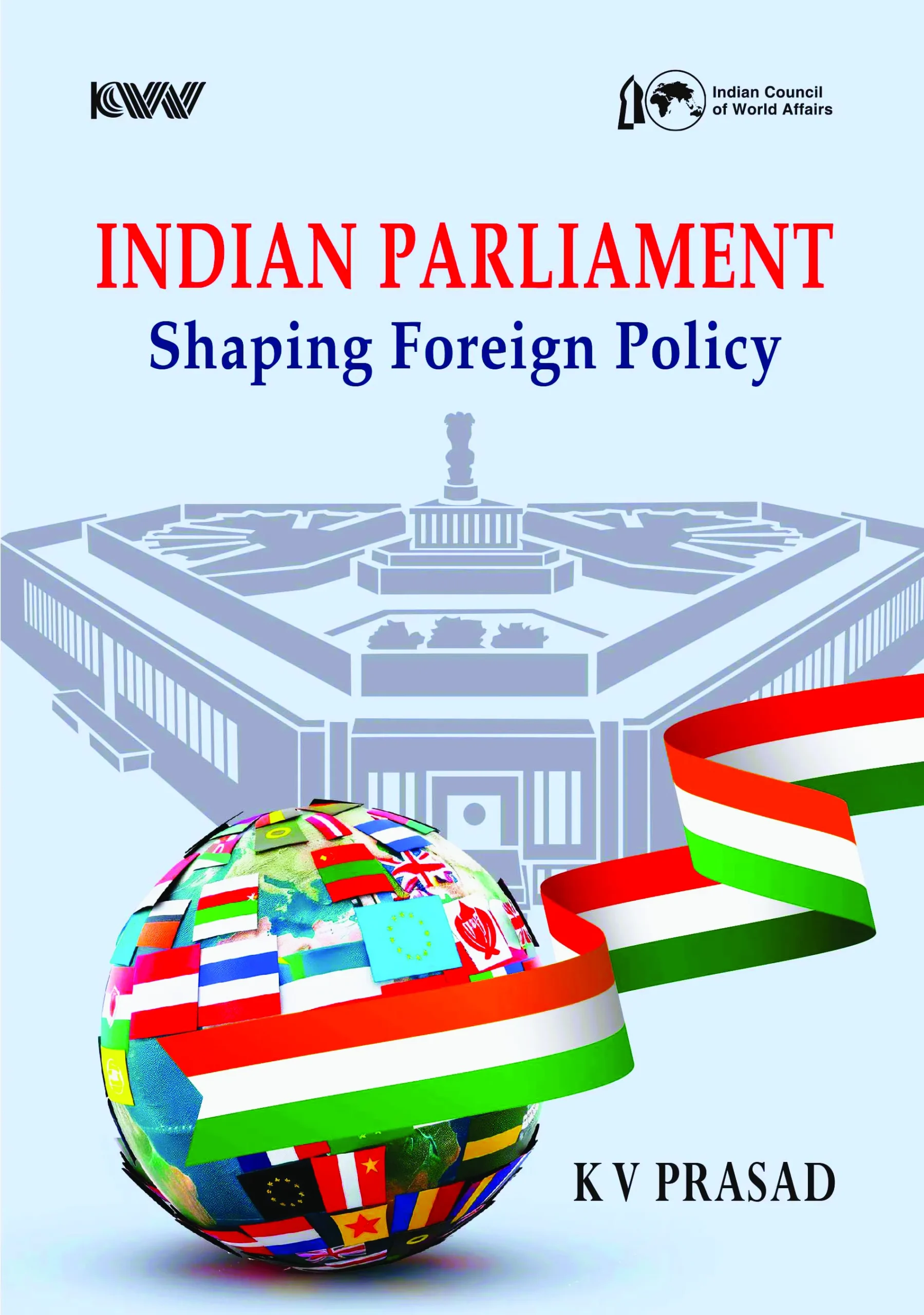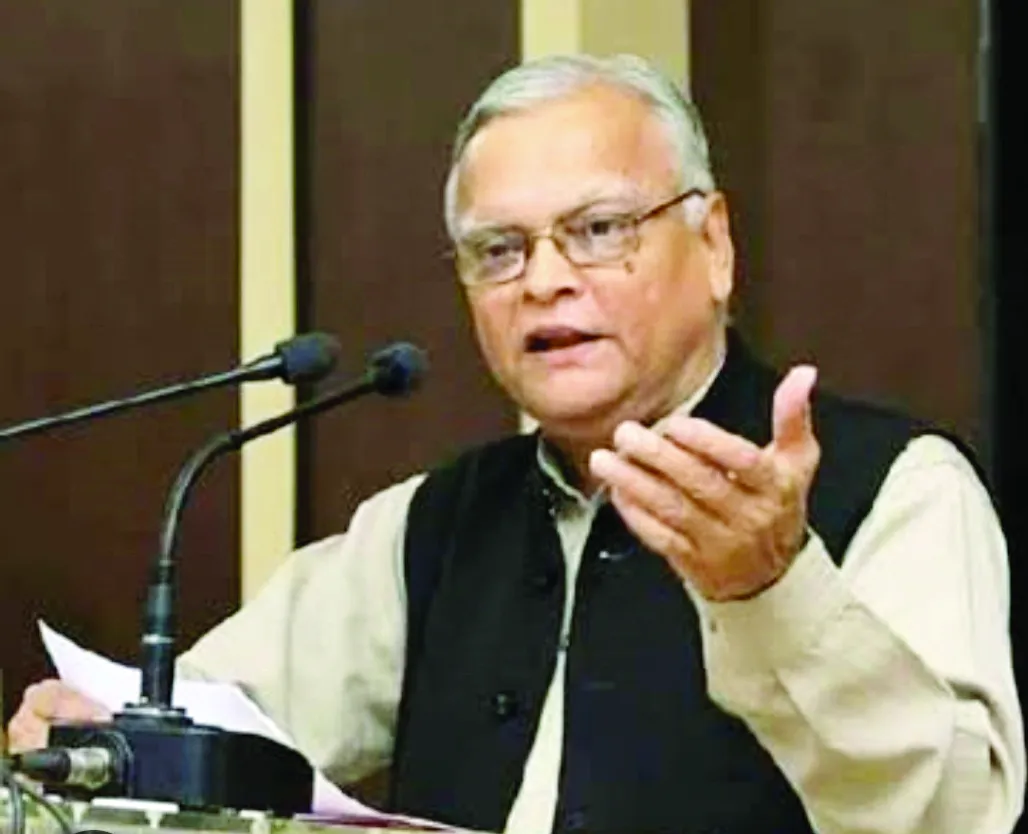The attempt to cover up the alleged gang-rape of a Dalit girl in Hathras by cremating her dead body in the middle of the night is a despicable crime, for which the personnel involved should be prosecuted. The crime of rape is unpardonable and deserves the harshest punishment. And those who are seen to be trying to cover up such a heinous crime in an apparent bid to protect the perpetrators must also be punished—and that punishment must go beyond suspension from their job.
Moreover, it is problematic that a senior police officer would hold up a “dubious” forensic examination report as proof that there was no rape. When the time limit for collecting samples from a rape victim is 96 hours, but when the samples in this case were collected after 11 days of the incident, naturally questions will arise about the Forensic Science Laboratory (FSL) report. And then for a senior police officer to present that as proof of no rape makes one wonder about the quality of training imparted by the police academies to their students. Also, the way the media and political leaders were barred from meeting the victim’s family, unnecessarily aggravated the situation. It’s obvious that the opposition parties are politicising the matter as they see the incident as a way of securing their political fortunes at a time when their footsteps are shrinking from across the country; but the question is, who gave them that opportunity? Strong-arm tactics tend to backfire in a democracy and that’s what has happened.
At a time when there is unanimity in Uttar Pradesh that Yogi Adityanath is doing a good job as Chief Minister, bringing development to a state that ranks almost at the bottom of all indices among the states of the country; at a time when he has been lauded for his efficient handling of the coronavirus pandemic— far better than the Chief Ministers of prosperous states—the least that can be expected from his police force is transparency and efficient, modern day policing. And then there is the factor of caste. A deep polarisation along caste lines appears to be taking hold of the ground and the fear of caste violence seems to be real. In the last six years, the political narrative in the Hindi heartland in particular has shifted to a great extent from identity politics to development politics, where caste takes a back seat and the urge for development takes precedence over fraternal interests. But when in a state a section of the police is perceived to be partial to a particular segment of upper castes, the focus shifts back to identity and the development narrative starts fraying. There cannot be any “whataboutery” about the Hathras incident.
The issue is not about the silence over Rajasthan, which may have a much worse track record in handling crimes against women. The issue is not why such a negative propaganda is taking place to the extent that Hathras has become international news. The issue is why such a situation should arise where the vulnerable and the weak will not find protection and justice from the keepers of the law when a crime is committed. There is no doubt that being insensitive to the needs of the common citizen is a hallmark of the police across the country, but in this case, UP police has gone too far. The issue also is why certain sections of the population should feel emboldened to commit the worst sort of crimes on the most vulnerable people. The issue is about deterrence, about striking fear in the hearts of those who think they can get away with murder—for that is the only way to prevent such crimes from taking place




















